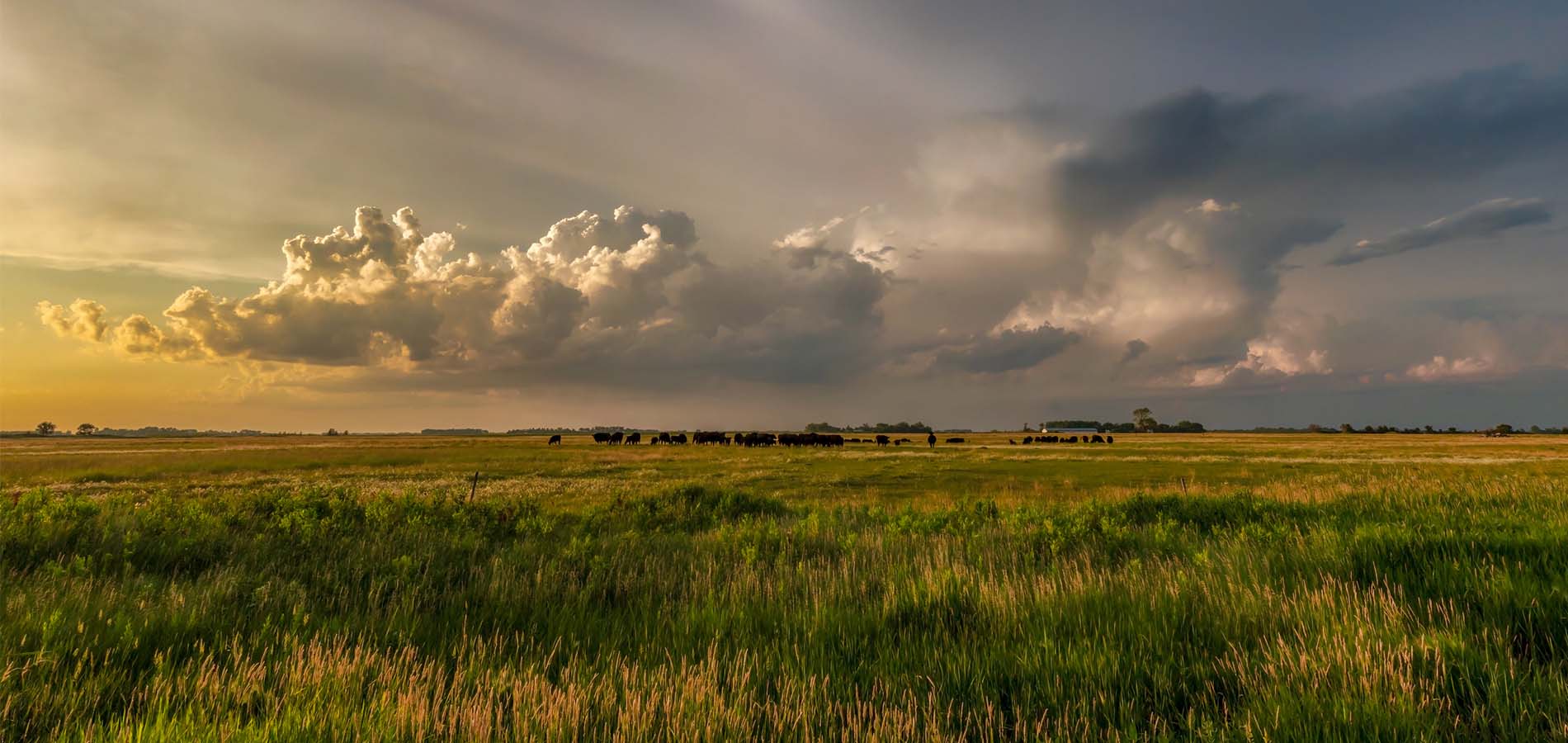
Dry weather has offered regional farmers the opportunity to expedite spring planting. The problem is that it’s been so dry drought concerns are growing. The southern plains from Texas across Oklahoma, Kansas into Missouri, and Nebraska have seen drought conditions worsen. In some cases, conditions are more severe than they’ve been for almost 30 years.
As this pocket of exceptionally dry conditions expands, Iowa farmers and growers across the eastern corn belt brace for the worst. With over 45% of corn production areas officially experiencing drought conditions, a pattern shift is desperately needed to alleviate the trend.
Long-range computer models do suggest some needed rain may impact the region heading through the latter half of June. The temperature trend will likely stay at to below normal as well, which will keep evapotranspiration levels lower than usual.
With El Nino now intensifying as predicted, the implications for our region should be cooler and drier. In this scenario, the heat normally swells across the southern plains and desert southwest. This trend is often accompanied by wetter-than-normal conditions across the eastern half of the country.
Folks in the southern and eastern corn belt will likely experience at to above normal rainfall, and some places could see much higher than average precipitation. Severe weather will also be a concern across the eastern United States as atmospheric conditions create a cacophony of ideal circumstances that promote volatility.
For now, the crop soil moisture index shows adequate to slightly below normal reserves across North Minnesota, North Dakota, and Wisconsin. However, above normal temperatures over the past several weeks combined with limited rainfall are heightening concerns about summer trends that may enhance lower-than-normal rainfall. The odds of that scenario are strengthening with a longer-range pattern driven by El Nino.
Elsewhere, northern Europe is bone dry, with plentiful rain from Spain into Serbia. Dry weather has also gripped Australia, but conditions are favorable for winter wheat crop germination and emergence.
Late-season crops in Brazil and Argentina continue benefiting from sporadic showers and above normal temperatures. Harvest activity is on track with ten-year averages.




